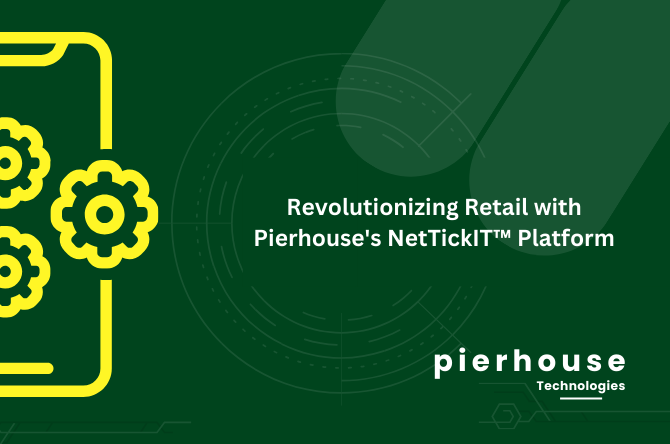Customers continue to value the physical shopping experience. Forbes recently reported that in the US online still hasn’t conquered physical grocery stores. However, retailers still face fierce competition from their rivals on the high street as well as online. So how can retailers ensure that their physical store maintains its allure over all of the competition?

A major area of focus for stores is ensuring that pricing is accurate to build and maintain trust with customers. We have all had the experience of picking up what we thought was a discounted item only to find out at the checkout that the till system does not think that there is a reduction. Cue the frustrating process for the customer as the store associate checks the shelf labels to see if there is a discount, then manually overriding the till system.
How price mismatches affect customer purchase decisions?
Price mismatches definitely have a negative impact on a store’s reputation. Every time this happens, trust is eroded, as labelling inaccuracies cast a shadow of doubt in customers’ minds over the reliability and integrity of the retailer. Recent research from Displaydata and PlanetRetail RNG found that fewer than one in five shoppers (18 per cent) would accept this kind of error and shop again at the store with confidence[2].
“Aligning prices across channels and matching with competitors is an urgent step that retailers need to take: as consumers have grown used to a straightforward pricing experience online, they expect offline to match.” Says Gordon Grant CTO of Pierhouse.
Think of the logistics involved if you are a large retail store with millions of stock-keeping units (SKUs). You may have a thousand stores, each with an average of 10,000 lines in-store. That means the retailer potentially has 10 to 100 million shelf labels that have to be changed by hand. So it’s easy to have price mismatch. Of course, not every label has to change at once, but it is easy to see how prices at the shelf can be out of date and inaccurate using a paper-based process. Using technology to speed up this process and improve accuracy has to be a priority.
Gordon continued, “Our NetTickIT app has been designed to simplify store processes and maintain compliance at the shelf edge. Deployed and hardened in the field through years of constant use we have now enhanced the app by layering augmented reality across the functionality to bring the experience alive.”
Audit Signs Functionality
Misalignment of shelf edge labels and real-time EPOS pricing is a constant challenge and can be a costly one; both in terms of profit but also a negative customer experience. We have made the task of checking for out of sync labels, easier, quicker and more engaging for the store operative thus reducing errors. Using an Android or iOS device Augmented Reality (AR) simply highlights the correct labels green and incorrect labels red. This quick visual prompt alerts the operative, who then simply reprints the label on a mobile printer, either worn on a belt or hung around the shoulder on a strap – allowing them to immediately replace the incorrect sign. Larger signs can be sent to an appropriate network printer. For compliance, all of these actions are recorded in the real-time audit trail so that Head Office really know what has and has not been checked by each store.
Print Signs Functionality
Whilst carrying out normal duties, if an operative spots a damaged or dirty label, they simply scan the barcode, print and replace it immediately. Perhaps the labels are missing altogether. Having scanned the physical product on the shelf the AR capability will produce an image of the product on the operative’s device and confirm it is correctly positioned on the right shelf. Hit the Print button and replace on the shelf edge. A process that previously took minutes now takes seconds with NetTickIT Augmented Reality.
Read more about AR in retail.






